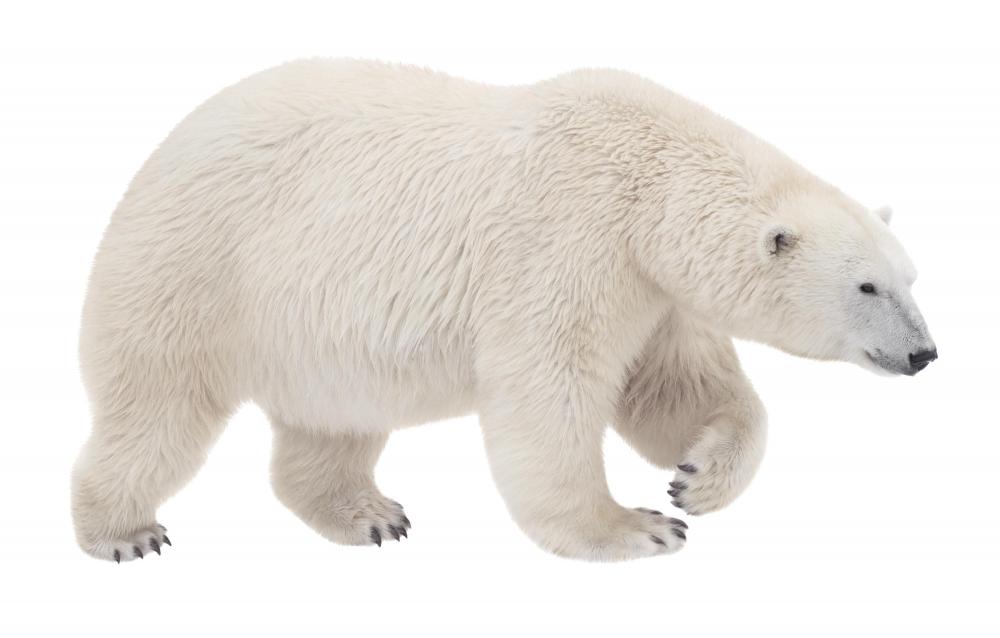At AllThingsNature, we're committed to delivering accurate, trustworthy information. Our expert-authored content is rigorously fact-checked and sourced from credible authorities. Discover how we uphold the highest standards in providing you with reliable knowledge.
What are Biomagnified Pollutants?
Biomagnified pollutants are pollutants which become more concentrated as they move up the food chain, becoming much more intensified at higher levels of the food chain than they are towards the bottom. Several studies have suggested that a number of chemicals have a tendency to biomagnify, including some chemicals which were previously believed to be safe. In addition to being a threat to the welfare of the environment, biomagnification also poses a risk to people, particularly people who consume animal products.
Biomagnification is closely related to the concept of bioaccumulation, which refers to the buildup of a pollutant in a particular organism. Toxins bioaccumulate for a variety of reasons. They tend to be less water soluble, making it harder for the organism to flush them out, and they may attach to fat cells, building up in the tissues of the organism. Bioaccumulation can be deadly for a single animal, but it can also contribute to biomagnification.

In a classic example of biomagnification, microorganisms in the ocean are exposed to pollutants, and the fish which eat them also ingest these pollutants. Larger fish eat the smaller fish, and the larger fish are eaten by seals. At every step of the way, the concentration of the pollutant becomes ever higher, representing the pollution passed on from dozens or hundreds of animals. When a polar bear eats the seal, the biomagnified pollutants will build up to unprecedented levels in the body of the polar bear, causing the polar to get sick, pass on genetic abnormalities to its children, or die.
One of the big problems with biomagnified pollutants is that it can be difficult to identify them until they have reached the higher levels of the food chain. In the polar bear example above, it may take decades for the pollutants to manifest in the polar bear population, by which time it is too late to take steps to reduce their prevalence in the atmosphere and ocean. Scientists can determine that biomagnified pollutants are making the polar bear sick, but they cannot take substantial action to prevent more polar bears from getting sick, beyond restricting the distribution of the pollutant in the hopes that it will eventually work its way out of the food chain.
The issue of biomagnified pollutants is of special concern to regulatory agencies, because these agencies must think about the impact of pollutants not only on individual organisms, but on the food chain as a whole. If a chemical is approved for the market and it later turns up as a biomagnified pollutant in scientific research, this can reflect poorly on the regulatory organizations which are supposed to protect the environment.
Frequently Asked Questions
What exactly are biomagnified pollutants?
Biomagnified pollutants are toxic substances that become more concentrated as they move up the food chain. They typically start in small amounts in the environment but accumulate in the tissues of organisms. Over time, as predators eat prey, these toxins concentrate at levels that can be harmful to wildlife and humans. Examples include mercury, DDT, and PCBs.
How do pollutants become biomagnified?
Pollutants become biomagnified through a process called bioaccumulation, where organisms absorb toxic substances faster than they can eliminate them. These toxins are stored in their body tissues. When a larger predator consumes multiple contaminated organisms, the concentration of pollutants increases, leading to higher levels of toxins in top predators, according to the Environmental Protection Agency.
Which animals are most affected by biomagnification?
Top predators are most affected by biomagnification because they are at the end of the food chain. This includes species like eagles, bears, and large fish such as tuna and swordfish. These animals often have higher concentrations of pollutants in their bodies due to consuming multiple contaminated prey, as reported by the National Wildlife Federation.
What are the risks of biomagnified pollutants to human health?
Biomagnified pollutants pose significant risks to human health, including developmental problems, reproductive issues, and an increased risk of cancer. Consuming contaminated fish and wildlife can lead to high levels of toxins like mercury and PCBs in humans, which can have detrimental health effects, as stated by the World Health Organization.
Can biomagnification be prevented or reduced?
Preventing or reducing biomagnification involves minimizing the release of pollutants into the environment. Regulations like the Clean Air Act and the banning of certain pesticides have helped. Additionally, proper waste disposal and reducing industrial emissions are crucial. Cleanup of contaminated sites also reduces the spread of these pollutants, as per the United States Environmental Protection Agency.
What steps can individuals take to protect themselves from biomagnified pollutants?
Individuals can protect themselves by being informed about local fish advisories and choosing seafood known to have lower levels of pollutants. Reducing consumption of top predator fish, properly disposing of hazardous waste, and supporting environmental protection policies are also important personal steps to mitigate exposure to biomagnified pollutants, as recommended by the Food and Drug Administration.
AS FEATURED ON:
AS FEATURED ON:











Discuss this Article
Post your comments